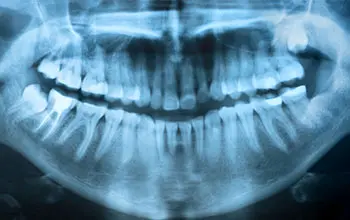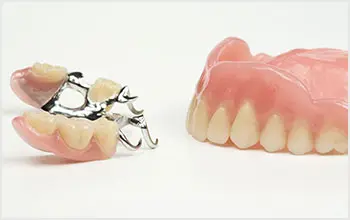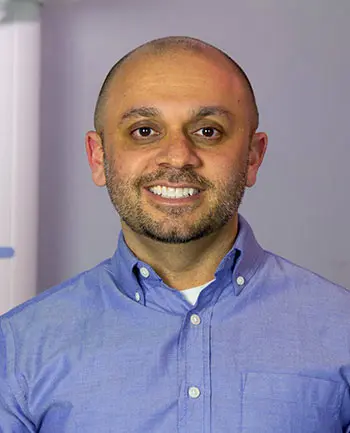Many patients will have no reason to see a dentist beyond general dentistry services, including preventive care and treatment for mild forms of oral diseases, such as restorations of small cavities. However, it is important for all patients to see a dentist at least twice each year for exams and cleanings. This gives your dentist an opportunity to monitor your smile for signs of issues like tooth decay and gum disease, which are much easier to treat when they are diagnosed in their earliest stages. Seeing your dental providers at regular intervals also gives you a chance to ask any questions that you may have about your home oral hygiene routine to make sure that you are doing everything possible to keep your smile in tip-top shape.
Exams And Cleanings
Semi-annual dental exams and cleanings are the foundations of a healthy smile. When your dentist closely inspects your teeth and gums every six months (and takes annual x-rays), it is much more likely that the dentist will be able to identify issues like cavities and gum disease before they have a chance to become major problems. Your dentist will also complete an oral cancer screening during these exams, which can actually save your life. The prognosis for oral cancer is much better when the disease is diagnosed before it spreads to surrounding tissues.
Your professional dental cleanings are just as important to your oral health as your exams are. You may be tremendously conscientious about your home oral hygiene regimen, but plaque and tartar can still accumulate on the surfaces of your teeth, especially along the gumline. It is easier for a dental hygienist to reach certain areas of your smile than it is for you to brush, so professional cleanings help to eliminate plaque and tartar accumulation in those areas. Additionally, the hygienist can instruct you on proper brushing and flossing techniques to make sure that you are getting the greatest benefit from your daily routine.


 Digital Radiographs now used by most dental offices offer the advantages of less radiation, faster processing times, and higher quality images over traditional x-rays.
Digital Radiographs now used by most dental offices offer the advantages of less radiation, faster processing times, and higher quality images over traditional x-rays. Full Denture: A traditional denture which replaces all teeth within an arch. It is usually made from acrylic and plastic teeth.
Full Denture: A traditional denture which replaces all teeth within an arch. It is usually made from acrylic and plastic teeth.